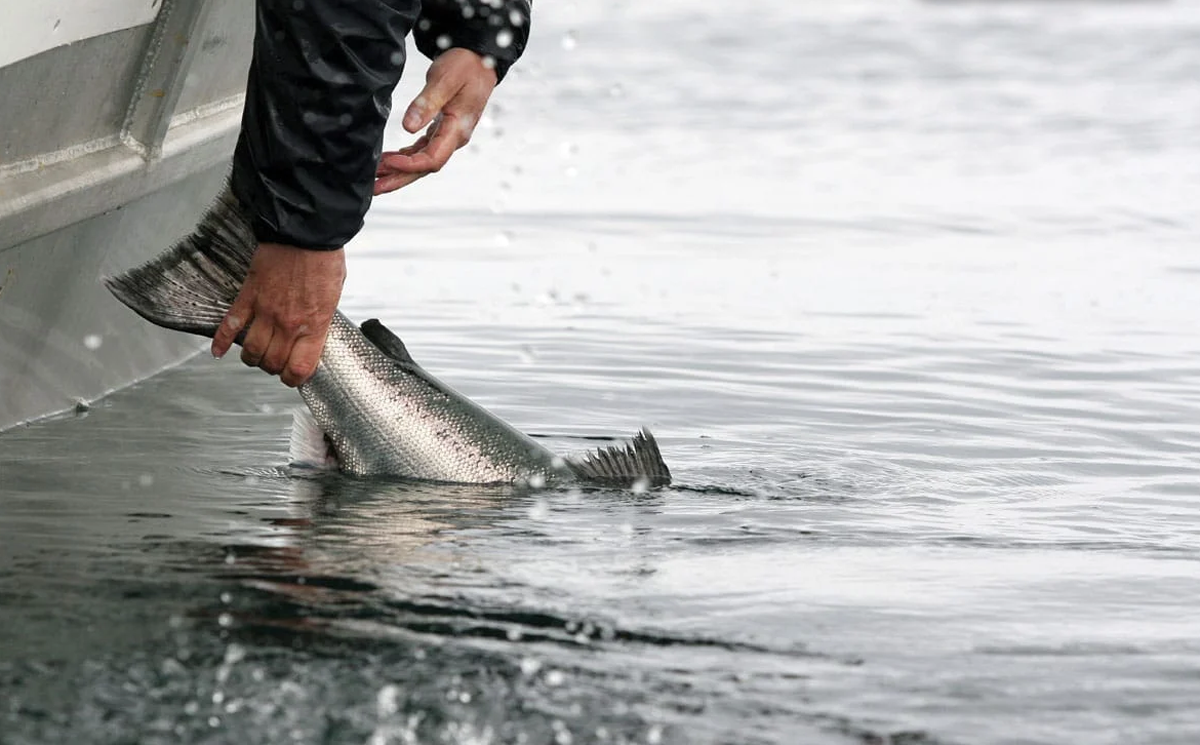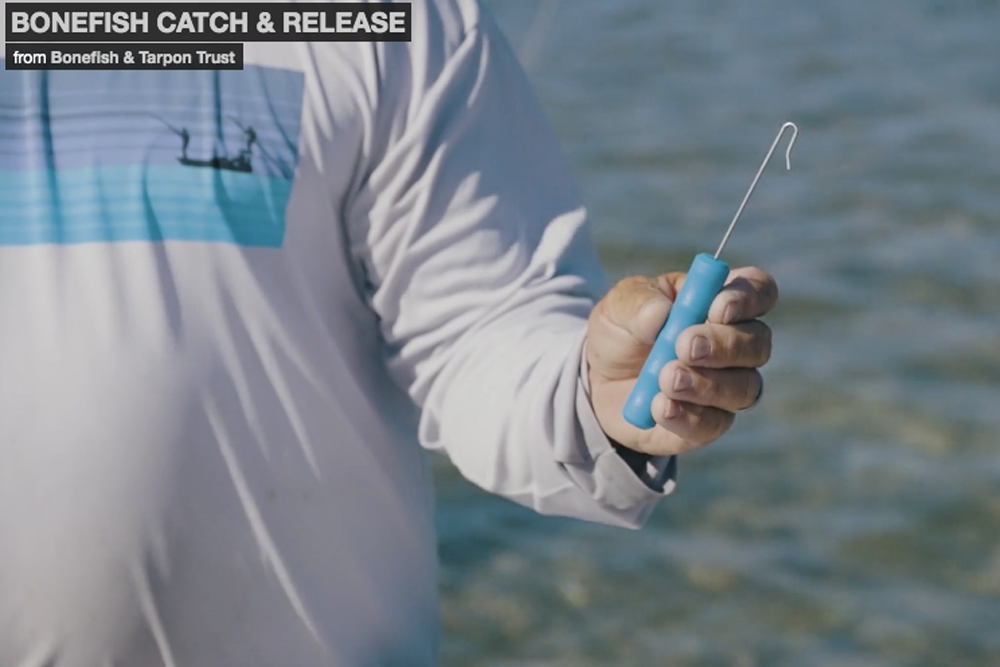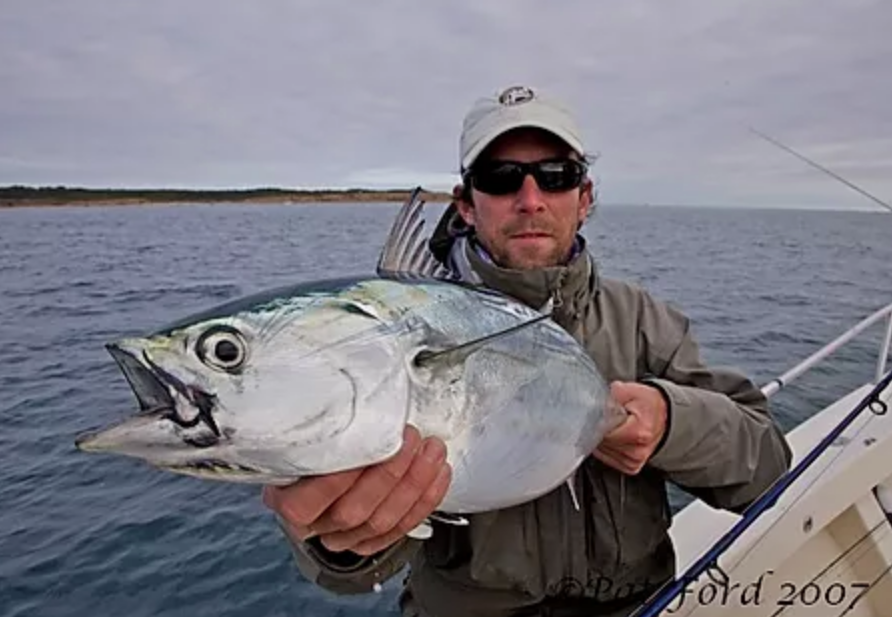
Queen Charlotte Lodge encourages Catch and Release fly fishing as is the norm in many of the world’s sport fisheries.
NOTE: The headline is from a hip-hop blogger piece taken out of context; translation: keep it true and real. Unbelievable, outrageous.
Slime is Good
By Skip Clement
There are several lists of dos and don’ts compiled by organizations like the Bonefish & Tarpon Trust [see video below], IGFA, Marlin Magazine, Fly Fisherman, state fishery management commissions, and federal fisheries management administrations like NOAA, and some well-intentioned bloggers.
The best practice for releasing billfish and other offshore heavyweights is addressed by the International Game Fish Association (IGFA), The Billfish Foundation (TBF), In the Bite newsletter, and Marlin magazine.
Bad releases: Mistakes that end in post-release fish mortality skyrocket when the following unintended-to-do-harm practices are engaged in:
1. Handling fish with dry hands or gloves removes protective slime. Slime is like our skin. Rupture it, and infection is possible. Unfortunately, in the wild, there are no pharmacological remedies.
2. Extending the fight. Sometimes it’s unavoidable, and it happens while fishing for one species, like a bonefish in a mangrove setting, and a 60-pound tarpon races from nowhere and grabs the fly. A 7-weight fly rod hasn’t the backbone to settle the fight in a few minutes unless you’re a very skilled angler that knows to use the butt of the rod along with their legs to pressure and turn a fish, and never the tip-top of the rod or it will be subject to shark predation or die from exhaustion.
More realistically, those who feel they’re manning up when they fish for a permit and purposely under-gun and use low-single-digit pound-test tippets create fish kill problems. That kind of intentional under-rigging necessitates wearing out the opponent. The release of a fish in this state invites predation or death by exhaustion. The percentage of survivors stressed to death in that circumstance is high. I cannot recall the scientific dot org reporting the latter statistically, but it was a West Coast Canadian University.
3. Gripping and lifting a fish, like largemouth bass, by the lower lip without body support for a show and tell camera shot is not good. The chances of breaking or dislocating its much-needed jaw are possible. If you’ve tampered with jaw mechanics, it’s a don’t for fish.
4. Overstaying the fish out of water will lead to a bad outcome. Instead, try to get your photo op with a well-supported fish and do so in seconds, not minutes.
5. Dragging a steelhead or salmon out of a deep pool to the shallows to make a release will “always” end in a dead fish post-release. The fish, attempting to swim, repeatedly bangs its head on the rocks and does so much damage that it dies within an hour after release. I have witnessed this stupidity too many times count.

Capt. Doug Kilpatrick with quick release tool [buy at any tackle shop]. “Catching a bonefish is one of the pinnacles of a shallow-water angler’s lifetime achievements,” said Dr. Ross Boucek, BTT scientist. “The fishery is economically and culturally important throughout its geographic range, but the fishery can only be sustainable if most fish survive catch and release.”
Best Practices for Catch & Release, courtesy of Snook & Gamefish Foundation:
• Minimize handling since this can remove protective slime from the fish. If you handle a fish, use clean, wet hands. Support the fish beneath the head and belly.
• Minimize exposure to air, maximum 15 seconds.
• Avoid using mechanical lip-gripping devices on active fish since this can cause jaw injury.
• If getting a fish’s weight is a must, attach a cradle to the scale to support the fish’s weight.
• Keep fingers away from the gills; damaged gills make it harder for the fish to breathe.

Barbed and barbless. Photo by Masterblanker.
About Hooks:
1. Use barbless hooks since this reduces the amount of handling needed to remove the hook.
2. When fishing with bait, use circle hooks.
3. If the hook is in the throat, cut the line as close to the hook as possible – that causes minor damage compared to removing a deeply-set hook; most fish can reject the hook, or the hook dissolves over time.
4. Keep the fight short. Long fight times result in an exhausted fish, which is more vulnerable to predators. However, a fish reeled in too quickly may thrash about, increasing its chances of injury.
5. Use tackle that matches the fish and conditions. Try not to use a 3-weight to fight a coho salmon.
Reviving and keeping in good shape:
1. If a fish loses equilibrium (it rolls over or goes nose down on the bottom). You can retrieve and revive it by holding it and swimming it upright – you fought the fish too long.
2. When retrieving a fish, be sure that water passes over the gills from front to back.
3. Move the fish forward or hold it upright in the water, allowing it to pump water through its gills.
4. High water temperatures will negatively impact the endurance of a fish and post-release survival. For example, a bonefish’s survival after release in hot summer waters will cause death. In warmer water, reduce fight and handling time.
NOTE: Featured image Capt. Andrew Derr with a nice albie off the coast of Montauk 2007. Photo Pat Ford.
NOTE 2: For maximum personal benefit and maximum saltwater fisheries benefit, join the Bonefish & Tarpon Trust; “You’re Gonna Like Being Smarter.”







